The expansive album and film sessions for Let It Be reveal the slow disintegration of the world’s greatest rock band.
Videos by American Songwriter
Though The Beatles were gradually breaking up, some of their most intriguing outtakes find them covering Bob Dylan songs. Whether they were playing to capture recording levels, looking for inspiration, or attempting to lessen the internal friction, the jam sessions highlight how much Dylan’s music meant to the Fab Four.
In a 2020 BBC documentary celebrating John Lennon’s 80th birthday, Paul McCartney told Sean Lennon he “got a lot from Dylan.” He added, “I was steeped in him, and I think your dad was too, but that was just one of the influences.”
You can hear Dylan’s influence on The Beatles as early as Beatles for Sale and Help! and how it continued until their breakup in 1970. This list highlights three Dylan jams that inspired Let It Be.
“Blowin’ in the Wind” from The Freewheelin’ Bob Dylan (1963)
The impromptu jam of “Blowin’ in the Wind” features Paul McCartney leading a swinging version of Bob Dylan’s protest song. Dylan lifted his melody from an African spiritual, “No More Auction Block.” But McCartney’s rendition transforms it into a lounge tune. Still, the lighthearted approach to these jams may have helped reduce long-simmering tensions between bandmates. The Beatles changed music history, but they couldn’t have done it without Dylan.
“Rainy Day Women #12 & 35” from Blonde on Blonde (1966)
Another from the Let It Be jams, Lennon leads The Beatles through a rendition of “Rainy Day Women #12 & 35.” This version mirrors Dylan’s “Salvation Army style” original. It’s loose and perfectly sloppy as Lennon delivers the tune’s most famous line: Everybody must get stoned. Though the jam ends after only one verse, The Beatles effortlessly fall into Dylan’s music. Not only in the way Lennon bends his voice to Dylan’s inflections but also in their emulation of a woozy marching band.
“Positively 4th Street” (Single, 1965)
Dylan recorded “Positively 4th Street” during the sessions for Highway 61 Revisited. But Columbia Records released it as a standalone single. The song also appeared on a compilation album called John Lennon’s Jukebox. It features singles found on a jukebox owned by Lennon that surfaced at an auction in 1989. Though the Let It Be covers are only snippets of Dylan’s songs, they offer a glimpse of The Beatles finding joy in one of their songwriting heroes.
Photo by Keystone Features/Getty Images

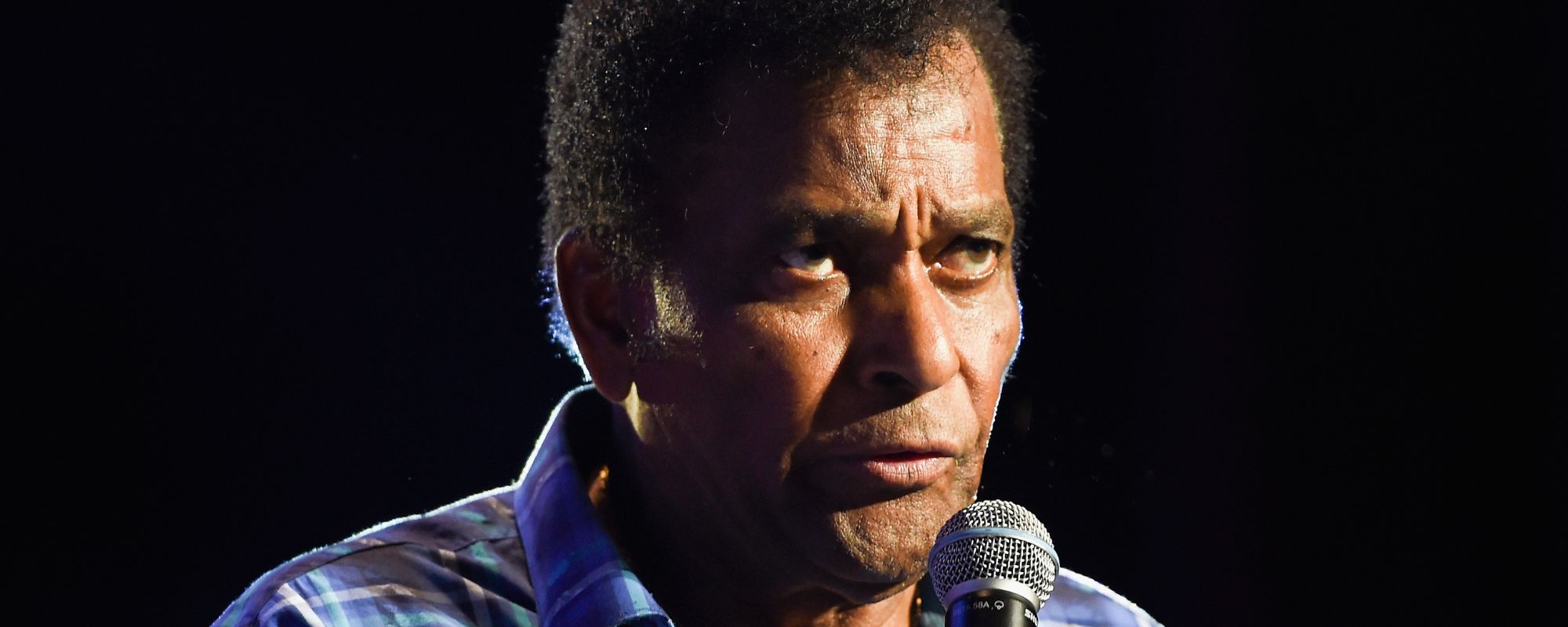


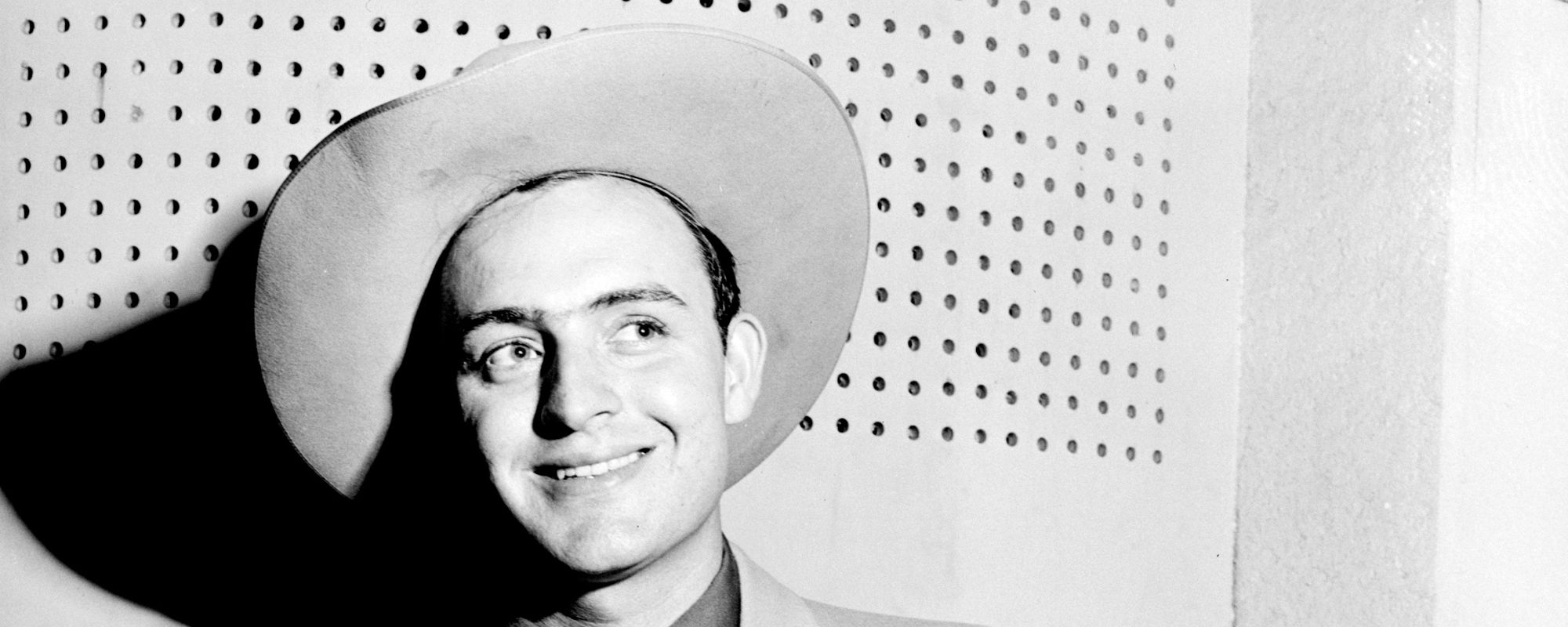

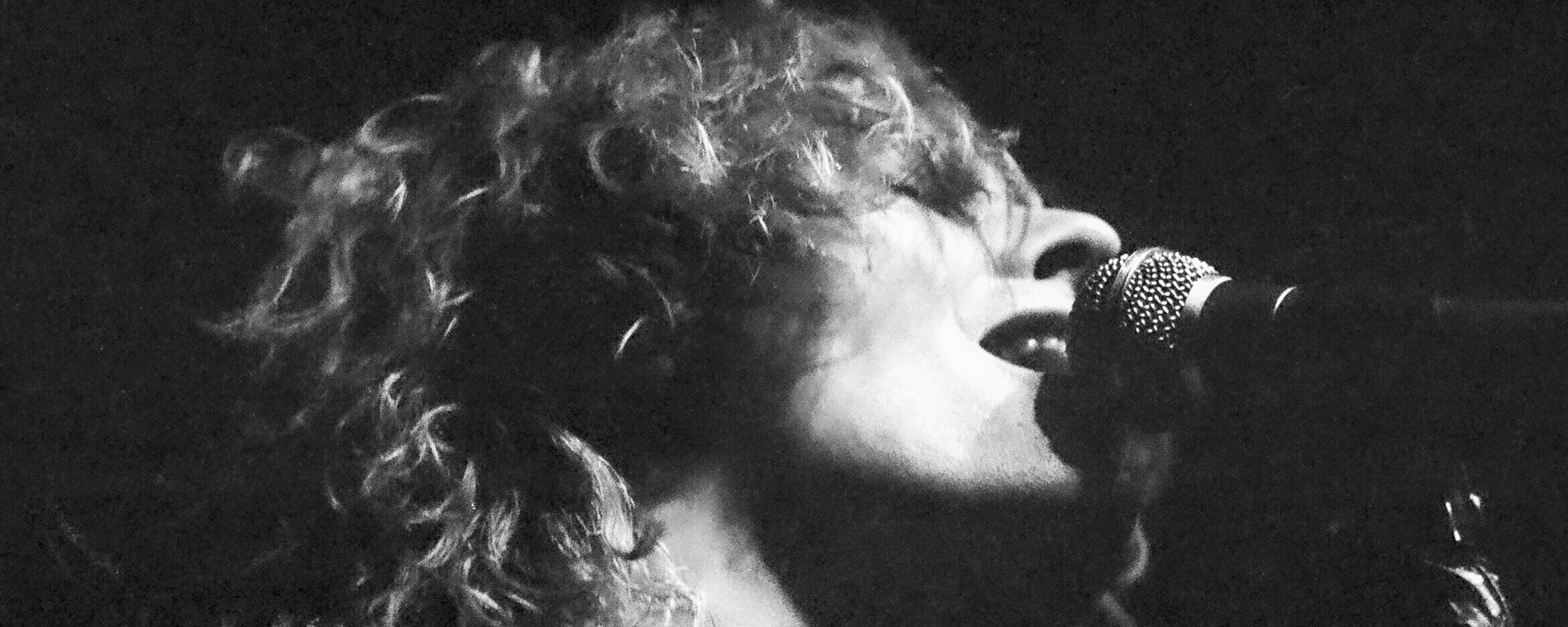
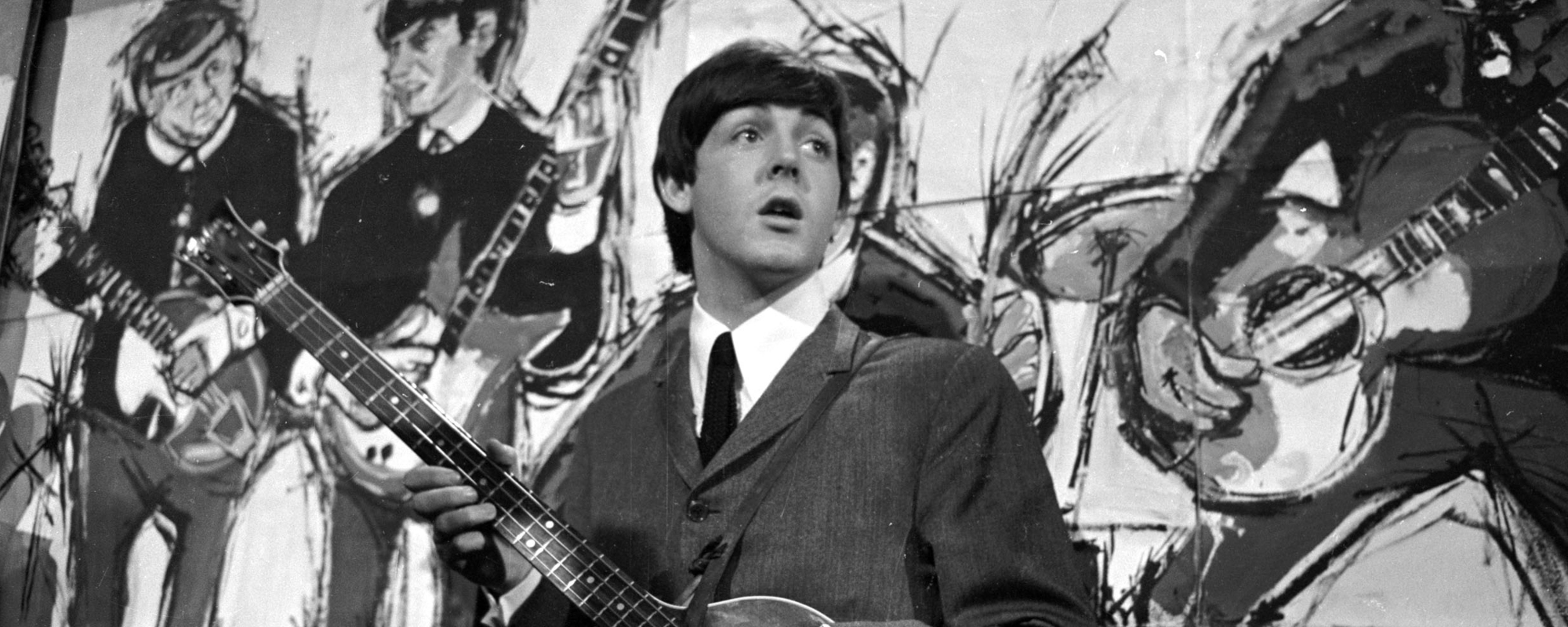

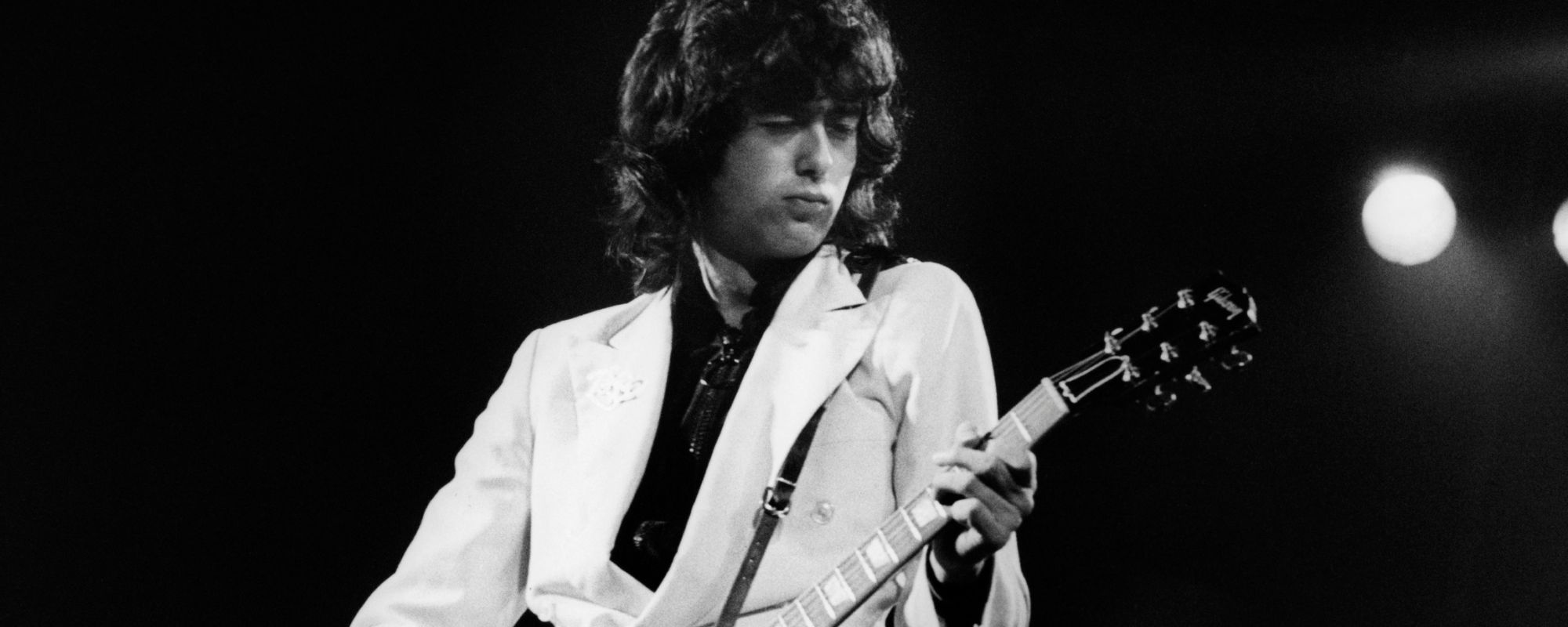

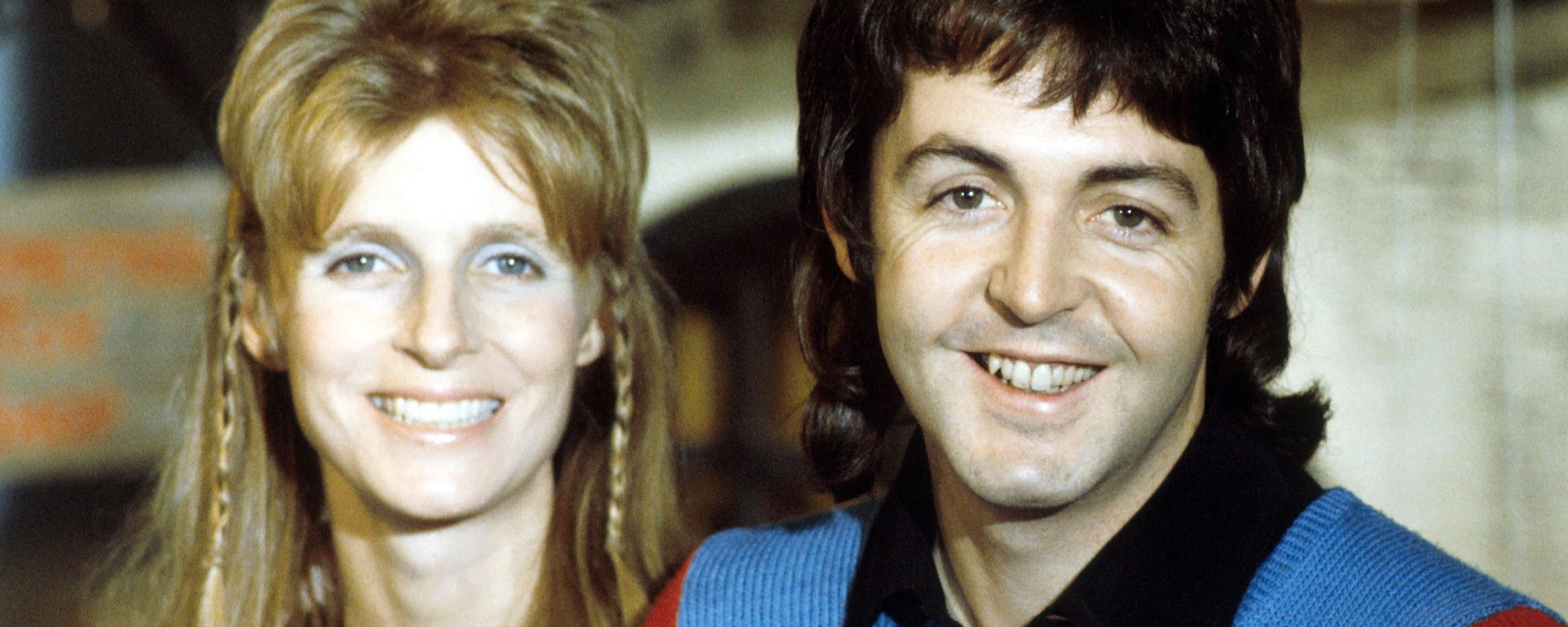

Leave a Reply
Only members can comment. Become a member. Already a member? Log in.